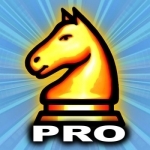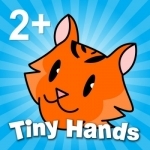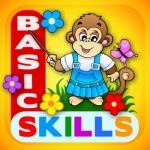
iDoceo - teacher's assistant gradebook and planner
Education and Productivity
App
iDoceo is a powerful teaching assistant for the iPad. You can add an unlimited number of students...

iGoBeat Pro
Games and Music
App
~~TOUCH THE MUSIC ENJOY THE BEATS~~ About iGoBeat iGoBeat is a fantastic new generation music...

Peak - Brain Training
Education and Health & Fitness
App
It’s time to play smarter and feel sharper with Peak, the app that was chosen as Best App 2014 in...

ICC Pro Cricket 2015
Games and Entertainment
App
ICC Pro Cricket 2015 Play the Official Game of the ICC Cricket World Cup 2015. This game features...

Chess Pro - with coach
Games
App
▻ ▻ ▻ Special offer: 50% off TODAY !!! (normal price US$19.99/19.99€/£19.99) ▻ Do you...

Paytm - Payments & Wallet
Shopping and Lifestyle
App
#PaytmKaro for the fastest recharge, bill payment & shopping experience. Quick, easy and secure,...

Lotto baby toddler kids games for girls boys free
Education and Games
App
*** Fun educational game for toddlers of age 1.5 and up *** English voice over – Learn first...

Get The Bet - Football betting predictive analysis, a Quantitative Approach. Deep Learning at its best
Sports and Entertainment
App
Welcome to the new era of SPORTS BETTING: Get unlimited Match Predictions for over 200 international...

GPS Logger 2 - GPS and Photo Geotagging Logger
Navigation and Lifestyle
App
Why pay over $200 to add a Geo-positioning Sensor and Geotagging Device to your camera. Why pay...

Preschool! & Toddler kids learning Abby Games free
Education and Games
App
***** Parents‘ Choice Awards’ winner ***** Developed by an award-winning education studios,...